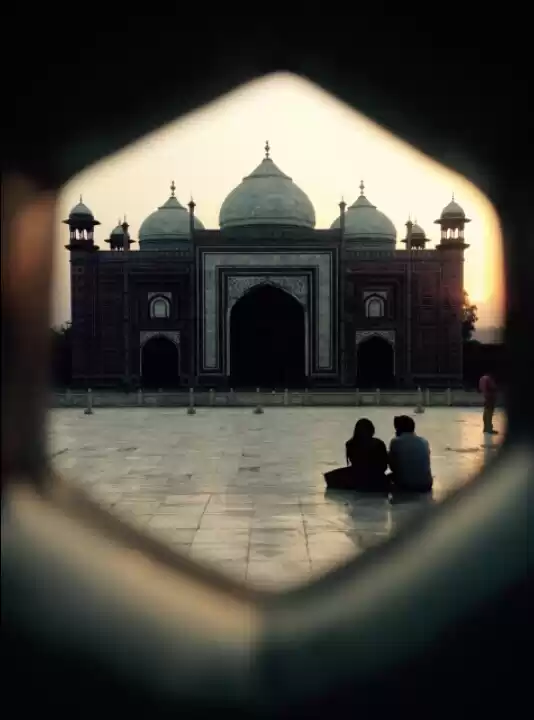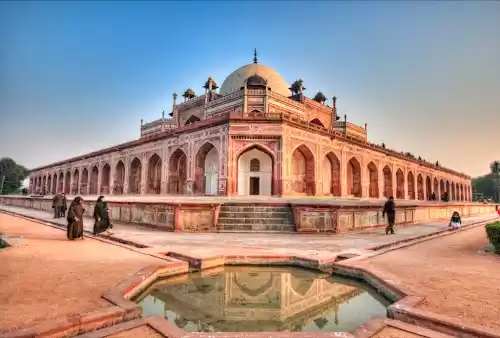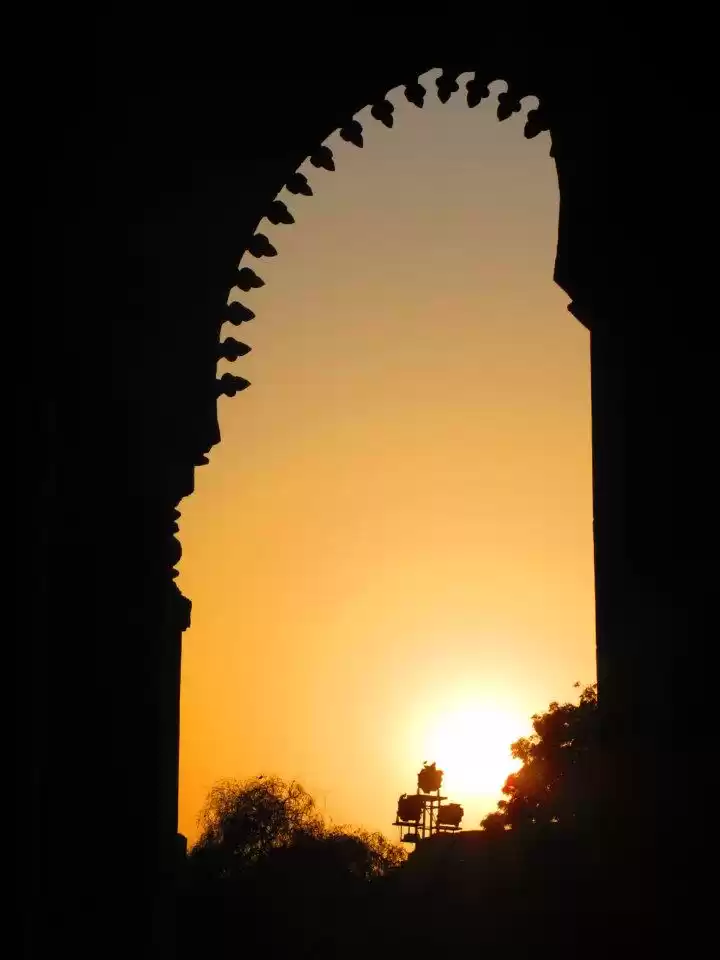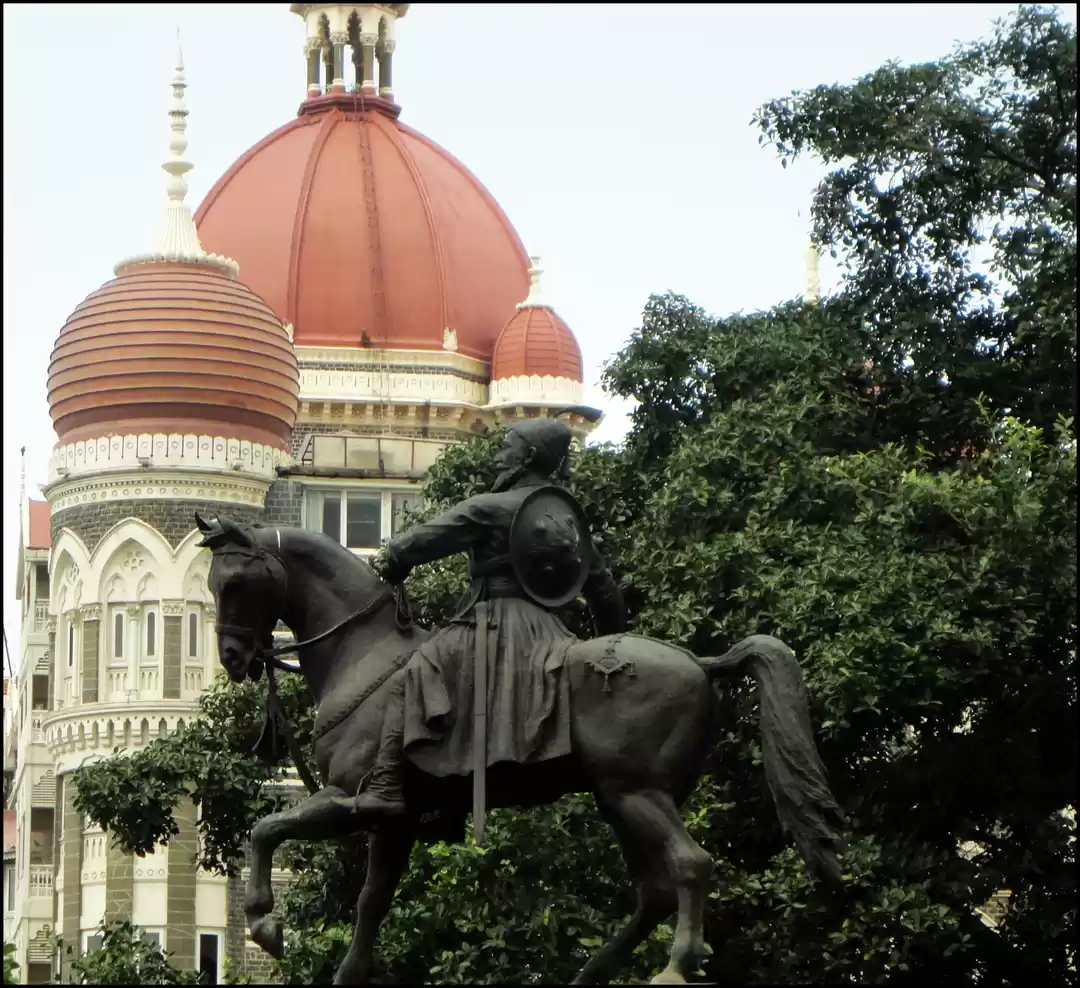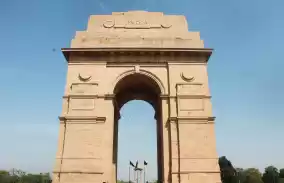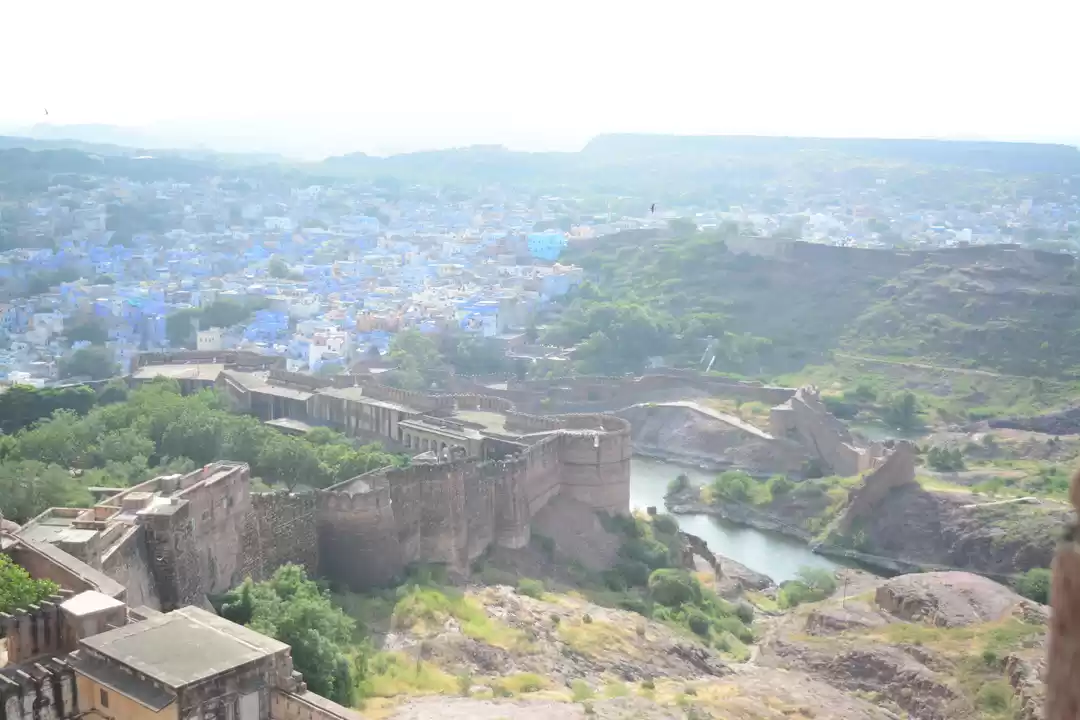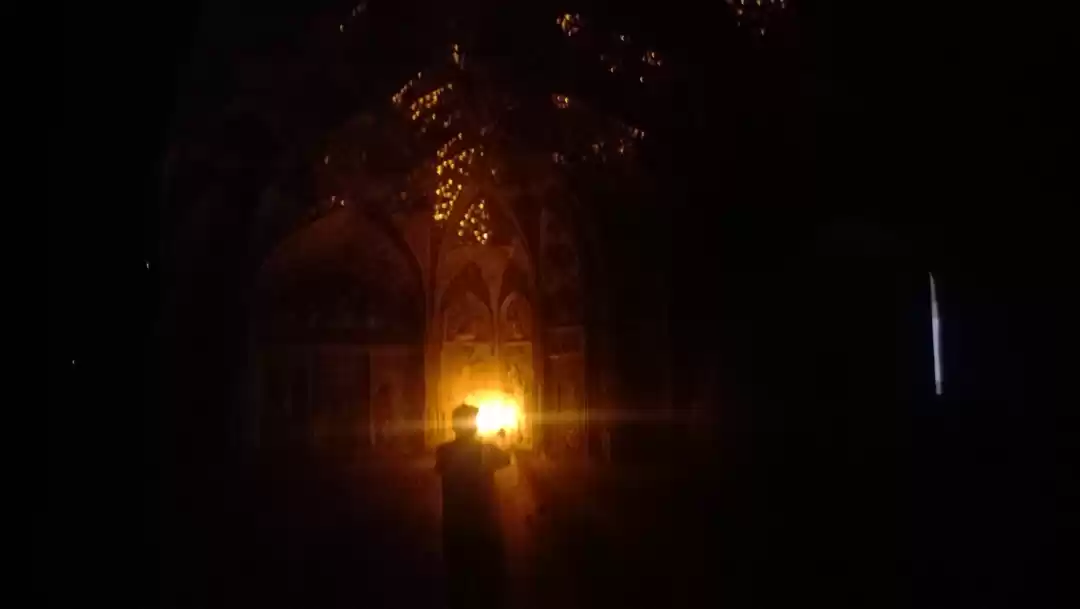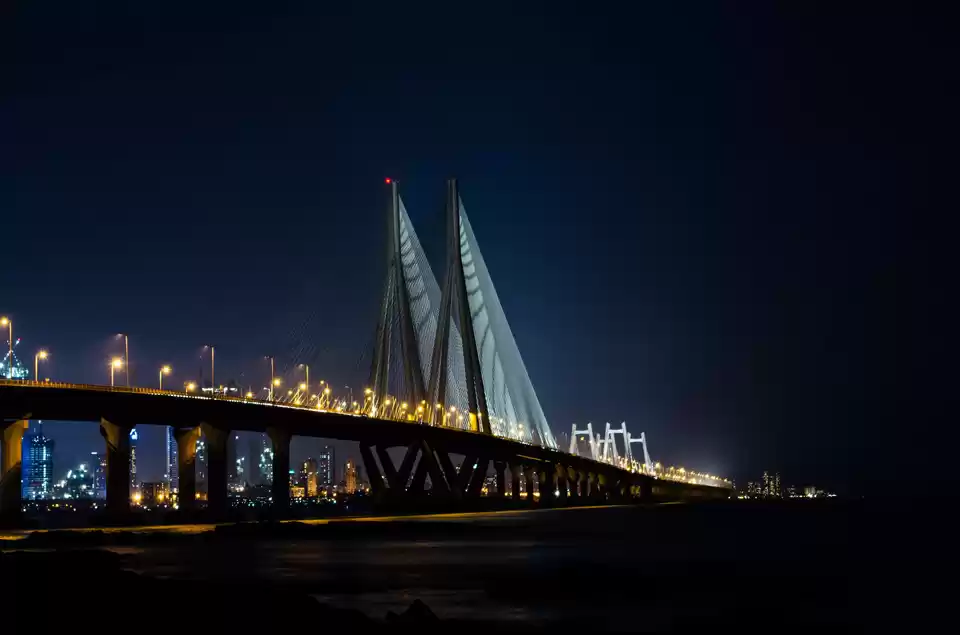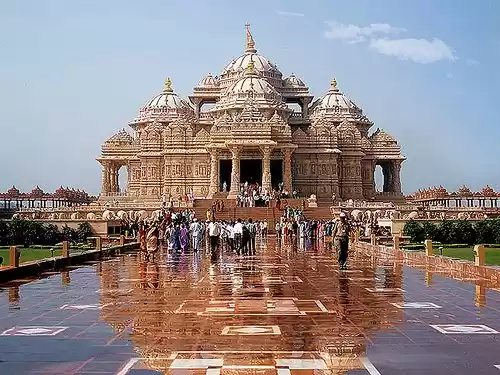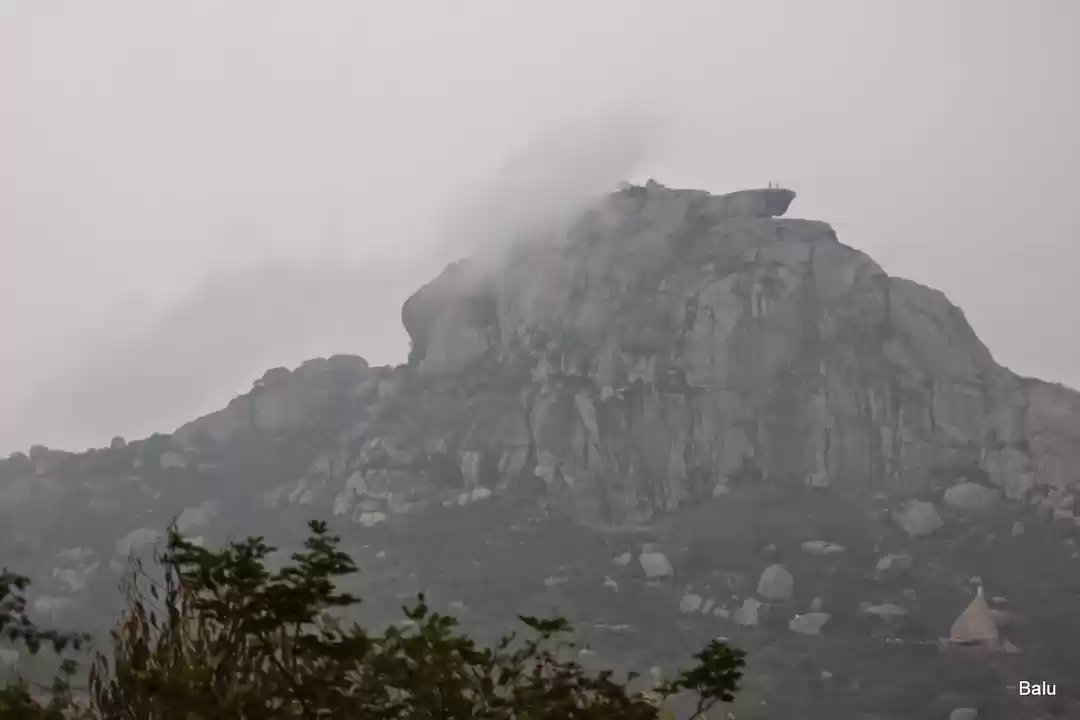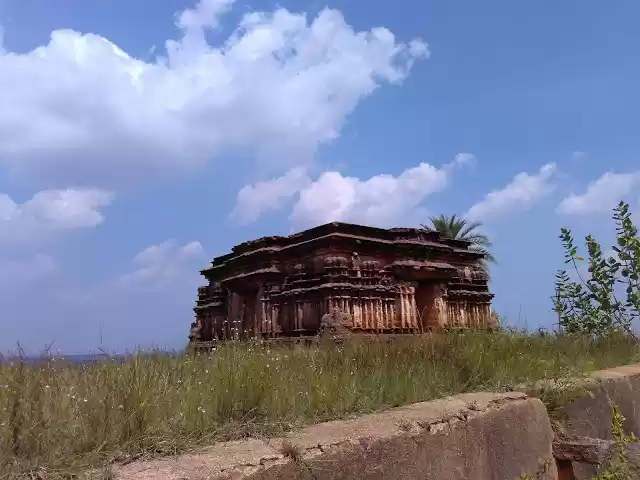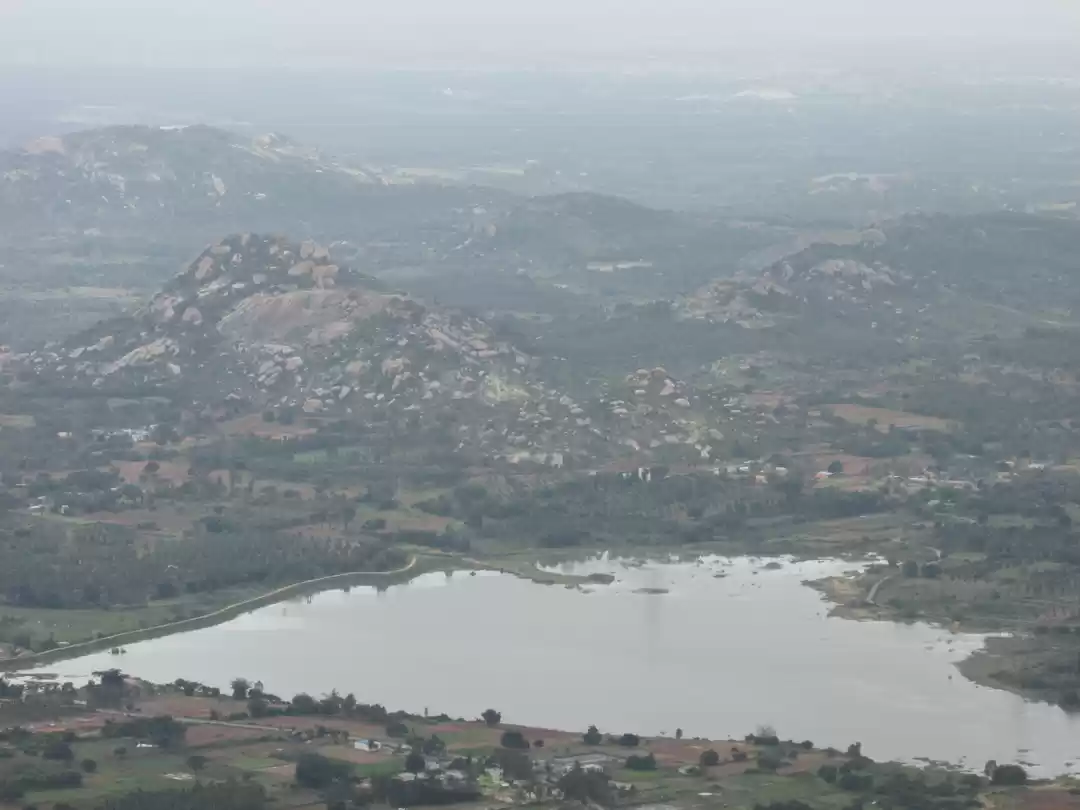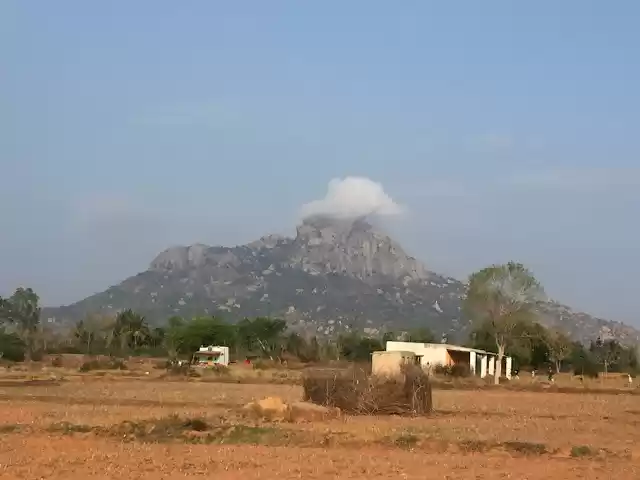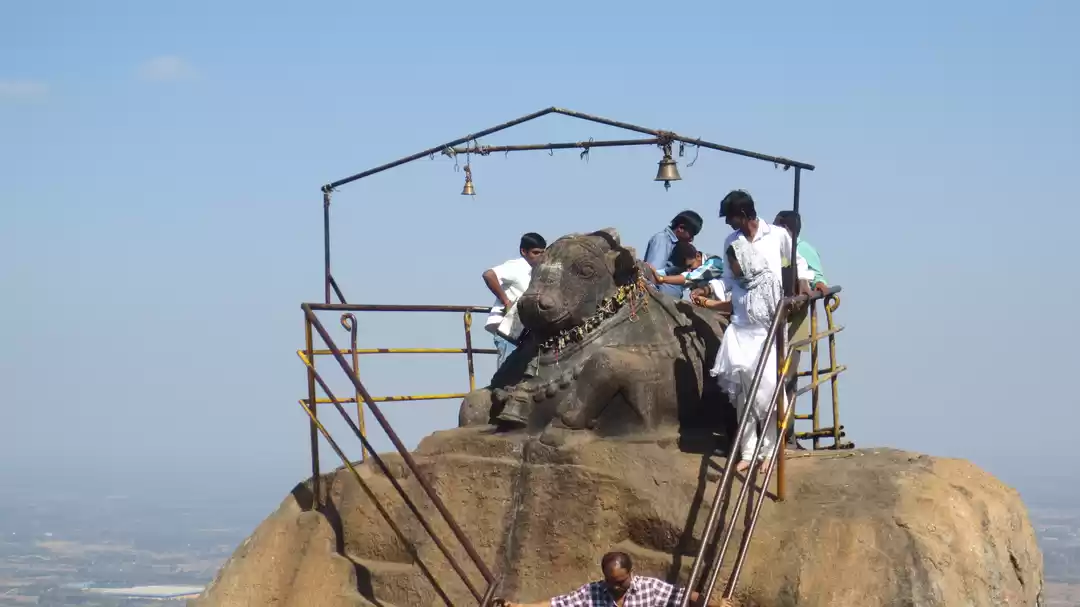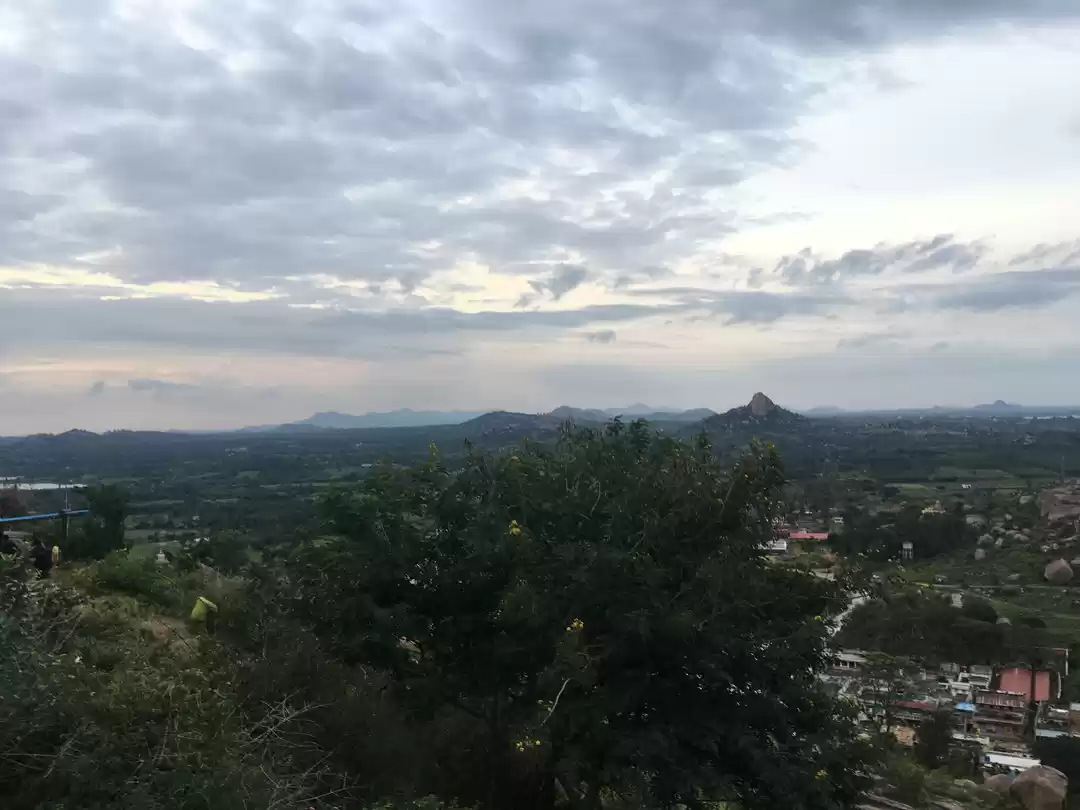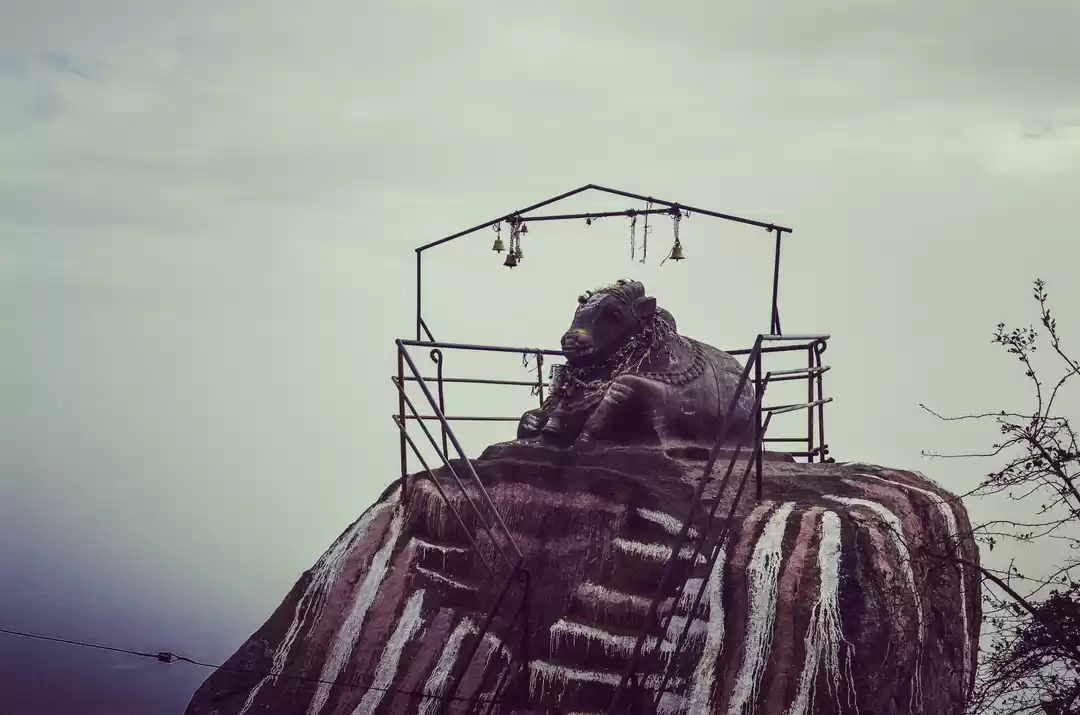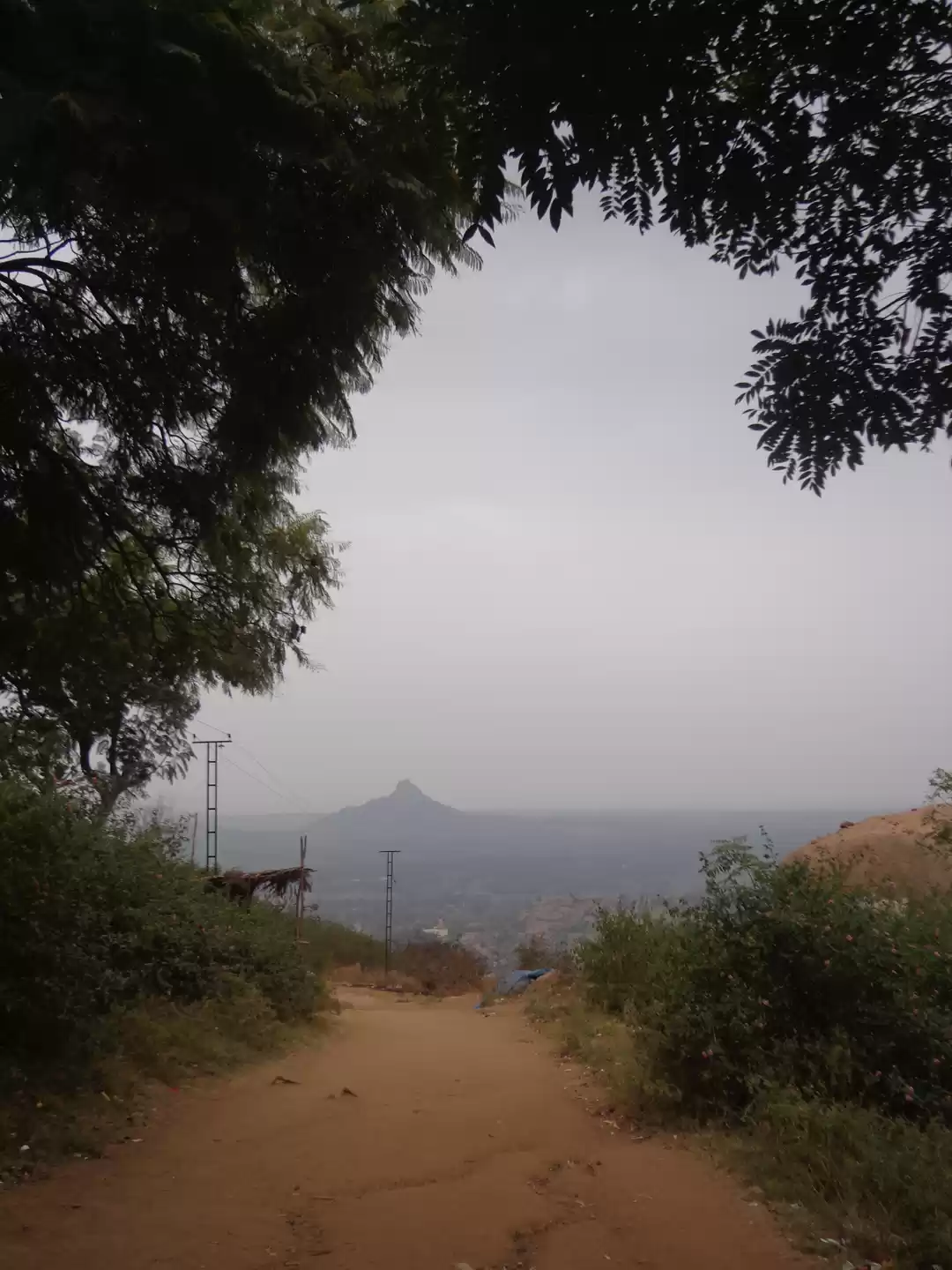If you are a fan of adventure, history, and spirituality, then you should not miss the opportunity to visit Shivagange, a hill that is located about 60 km from Bangalore. Shivagange is a unique destination that combines the thrill of trekking and rock climbing with the charm of ancient temples and legends. It is also known as Dakshina Kashi or Kashi of the South, as it is considered to be a sacred place for Hindus.
Shivagange hill is shaped like a Shiva linga, a symbol of Lord Shiva, one of the main deities in Hinduism. The hill also has a natural spring that flows through the rocks and resembles the Ganga river, which is believed to originate from Shiva’s hair. Hence, the name Shivagange, which means Shiva’s Ganga.
Shivagange hill is not only a place of worship, but also a place of adventure. The hill has several trekking trails that lead to different temples and attractions on the top. The trekking routes are challenging and exciting, as they involve steep climbs, narrow paths, and rocky terrains. The trekking experience is rewarding, as you get to witness the stunning views of the surrounding landscape, the natural formations, and the wildlife.
In this article, we will tell you everything you need to know about Shivagange hill, including its trekking opportunities, its temples, its nearby attractions, and its travel tips. We will also show you some images and videos that will make you want to pack your bags and head to Shivagange hill right away.
Trekking in Shivagange
One of the main reasons why people visit Shivagange hill is to enjoy its trekking and rock climbing opportunities. The hill has several trekking trails that vary in difficulty level, duration, and distance. The most popular trail is the one that starts from the base of the hill and goes up to the Gangadhareshwara temple, which is located at the highest point of the hill. This trail is about 3 km long and takes about 2 hours to complete.

The trekking trail is not easy, as it involves climbing over 1200 steps that are made of stone or metal. Some of the steps are steep and slippery, so you need to be careful and wear proper shoes. The trail also has some narrow and rocky sections that require you to crawl or climb with the help of ropes or chains. The trail can be crowded during weekends and holidays, so you may have to wait for your turn at some points.
The trekking trail is also full of surprises and wonders. Along the way, you will see several natural formations that resemble different animals or objects, such as a bull’s head, an elephant’s trunk, a tortoise shell, etc. You will also see some caves and waterfalls that add to the beauty of the hill. You will also encounter some monkeys that may try to snatch your food or belongings, so be alert and keep them in a safe place.
The trekking trail is worth all the effort and challenge, as it offers you breathtaking views of the surrounding landscape. You will see green fields, hills, lakes, villages, and forests that create a picturesque scenery. You will also see the city skyline of Bangalore on a clear day. You will feel refreshed and rejuvenated by the fresh air and the natural beauty.
The trekking trail ends at the Gangadhareshwara temple, which is dedicated to Lord Shiva. The temple has a huge statue of Nandi, the bull mount of Shiva, which is carved out of a single rock. The statue is about 15 feet high and 20 feet long and is considered to be one of the largest monolithic Nandi statues in India. The temple also has a shiva linga that is said to change color according to the phases of the moon.
The temple is not only a place of worship but also a place of mystery. There are several legends and stories associated with the temple that make it more intriguing. One such legend is that there is a secret tunnel that connects the temple with Gavi Gangadhareshwara temple in Bangalore. Another legend is that there is a butter lamp in the temple that burns continuously without any oil or wick.
The temple is open from 6 am to 8 pm every day. The entry fee is Rs 10 per person. You can also perform rituals or offerings at the temple for a nominal charge.
You may also like to check out: Secrets of Shivagange You Must Know Before You Go!
Temples in Shivagange
Shivagange hill is not only a place of adventure but also a place of history and spirituality. The hill has several temples that date back to different periods and dynasties. The temples are dedicated to different gods and goddesses and have their own significance and stories. The temples are also examples of the architectural and artistic excellence of the past.
Some of the main temples that you can visit at Shivagange hill are:

Olakal Theertha:
This is a temple that is located near the base of the hill. It has a shiva linga that is submerged in water. The water is said to have healing properties and can cure various diseases. The water also has a peculiar feature that it can be scooped out only with the help of your palm and not with any vessel. The temple also has a small pond where you can feed the fish.
Patalaganga:
This is a temple that is located halfway up the hill. It has a shiva linga that is surrounded by water. The water is said to come from the Ganga river that flows through Shiva’s hair. The water level in the temple remains constant throughout the year, regardless of the rainfall or drought. The temple also has a small waterfall that creates a soothing sound.
Honnadevi Temple:
This is a temple that is located near the top of the hill. It is dedicated to Goddess Honnadevi, who is believed to be an incarnation of Goddess Parvati, the consort of Shiva. The temple has a beautiful idol of Honnadevi that is adorned with jewels and flowers. The temple also has a legend that Honnadevi was a devotee of Shiva who performed penance on the hill and attained salvation.
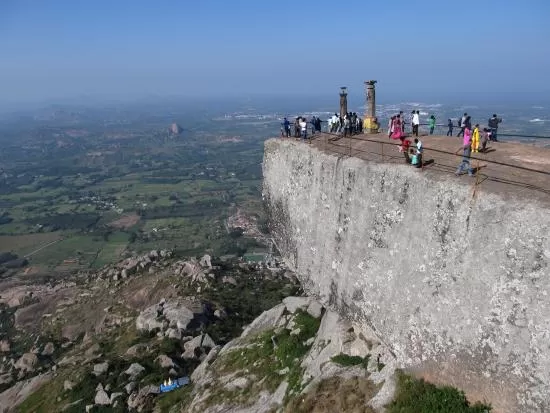
Shantala Drop:
This is not a temple but a spot that is located near the Gangadhareshwara temple. It is named after Queen Shantala, who was the wife of King Vishnuvardhana of the Hoysala dynasty. According to a legend, Queen Shantala committed suicide by jumping from this spot after being accused of infidelity by her husband. The spot offers a panoramic view of the hill and its surroundings.
Nearby Attractions
Shivagange hill is not only a place of adventure, history, and spirituality but also a place of exploration. The hill has several nearby attractions and places that you can visit and enjoy. Some of these places are:

Devarayanadurga:
This is a hill station that is located about 20 km from Shivagange hill. It is famous for its scenic beauty, lush greenery, and wildlife. It has two hills, namely Yoganarasimha and Bhoganarasimha, that have temples dedicated to Lord Narasimha, an avatar of Lord Vishnu. It also has a natural spring called Namada Chilume, which is believed to be created by Lord Rama.
Channarayana Durga:
This is a fort that is located about 30 km from Shivagange hill. It was built by the Maratha ruler Channaraya in the 17th century and later captured by Tipu Sultan in the 18th century. It is now in ruins but still offers a glimpse of the past glory and history. It also offers a splendid view of the surrounding landscape.

Dobbaspet:
This is a town that is located about 10 km from Shivagange hill. It is known for its silk industry and its delicious food. It has several restaurants and eateries that serve authentic Karnataka cuisine, especially ragi mudde (finger millet balls) and saaru (spicy soup). It also has some temples and mosques that reflect its cultural diversity.
How To Reach
The best way to reach Shivagange depends on your preference, budget, and time. Here are some of the possible options:
By car:
You can drive from Bangalore to Shivagange by taking the AH47 or the NH75 highways. The distance is about 50 to 60 km and the travel time is about an hour. This option is convenient and comfortable, but it may be expensive and subject to traffic congestion.
By train:
You can take a local train from Bangalore to Tumkur or Nagasandra and then hire a taxi or an auto-rickshaw to Shivagange. The distance is about 40 to 50 km and the travel time is about an hour and a half. This option is cheap and fast, but it may be crowded and less frequent.
By bus:
You can take a bus from Kempegowda Bus depot in Bangalore to Dabbaspet and then hire a taxi or an auto-rickshaw to Shivagange. The distance is about 60 km and the travel time is about two hours. This option is affordable and regular, but it may be uncomfortable and slow.
Best Time To Visit
The best time to visit Shivagange depends on your purpose and preference. If you are interested in trekking and rock climbing, then the winter months of October to March are ideal, as the weather is pleasant and the views are clear.
The summer months of April to June are also suitable for trekking, but you may have to deal with the heat and the sun. The rainy season of July to September is not recommended for trekking, as the rocks may get slippery and dangerous.
If you are interested in visiting the temples and performing pilgrimages, then you can visit Shivagange anytime of the year, as the temples are open throughout the year. However, you may want to avoid the peak season of January and February, as the hill may get crowded with devotees and tourists. You may also want to visit during some festivals, such as Shivaratri, Makar Sankranti, or Kartik Purnima, as the hill becomes more lively and colorful.
Also check out: Shivagange: An amalgamate of Pilgrimage & Adventure
Shivagange hill is a perfect destination for those who love adventure, history, and spirituality. It offers you an opportunity to challenge yourself physically and mentally. It's a haven where you can immerse yourself in the rich culture and heritage of the region or experience the beauty and diversity of nature.
This place will leave you spellbound and make you appreciate the wonders of life and the blessings of God. It is a charming destination on its own that will make you want to come back again and again. Have a memorable and enjoyable time with your friends and family!

























